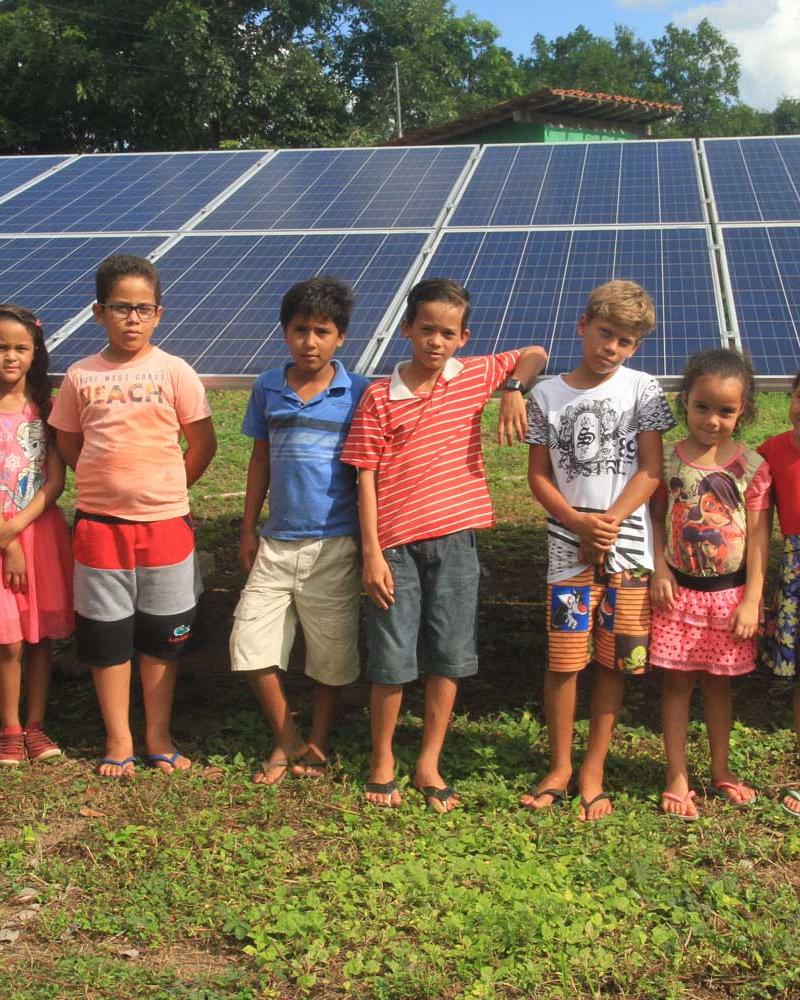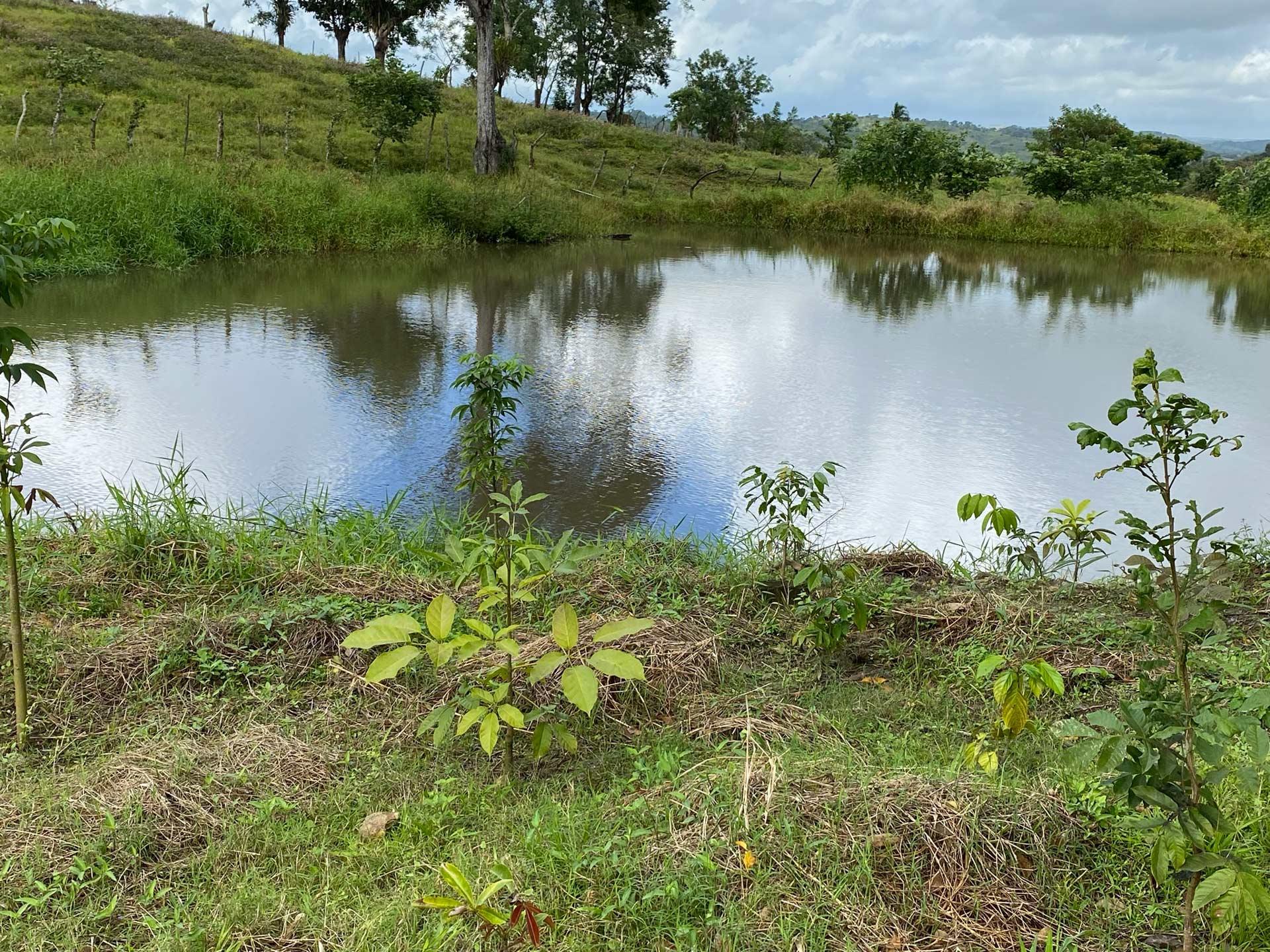
Water and renewable energies
In order to be less dependent on oil and to reduce the emission of polluting gases into the atmosphere, we must invest in alternative energies.
Solar energy
We need to invest in alternative energies to reduce our dependence on oil and the emission of polluting gases into the atmosphere.
Unlike fossil fuels, energy obtained from the sun is clean and renewable.
In our ongoing study of sustainable environmental project opportunities, we value and apply solar energy as one of our key long-term investments aimed at reducing global pollution.
Solar power to light up schools
One of our goals for rural communities is to make their schools more functional. One way of achieving this is to install photovoltaic panels to light classrooms and make the study environment healthier and more pleasant for pupils. In rural areas, schools are often far from villages, and power lines are non-existent. They have only one classroom and have to operate over several shifts - including late afternoons and evenings - to accommodate all the pupils. Without electricity, evening students study by the light of kerosene lamps, which emit noxious fumes and provide poor lighting.
Solar energy
In our ongoing study of sustainable environmental project opportunities, we value and apply solar energy as one of our key long-term investments against global pollution.
Unlike fossil fuels, energy obtained from the sun is clean and renewable.
With this in mind, Nordesta continues to develop solar energy projects, notably in using lighting systems for schools in areas without electricity.

Sources
There are various ways to preserve a spring or bring water back when it has run dry. The most crucial action is to plant trees upstream and around the spring.
When the spring is located in an area with human settlements, it is generally necessary to protect it from various types of pollution, such as laundry detergents, household waste, or livestock trampling. We isolate the spring using a mesh or a fence to achieve this.
In this case, access to water is downhill: a pipe carries spring water into a cement tank equipped with a tap where each resident can fetch water.
We plant several thousand trees upstream of the spring to ensure its sustainability and increase its flow. Indeed, the roots stabilize the soil and allow rainwater to infiltrate the ground better, replenishing the groundwater. This work to rescue springs is undertaken in several states in the northeast region and the watersheds of the major rivers Araguaia, Parnaiba, São Francisco, and Rio Grande.
